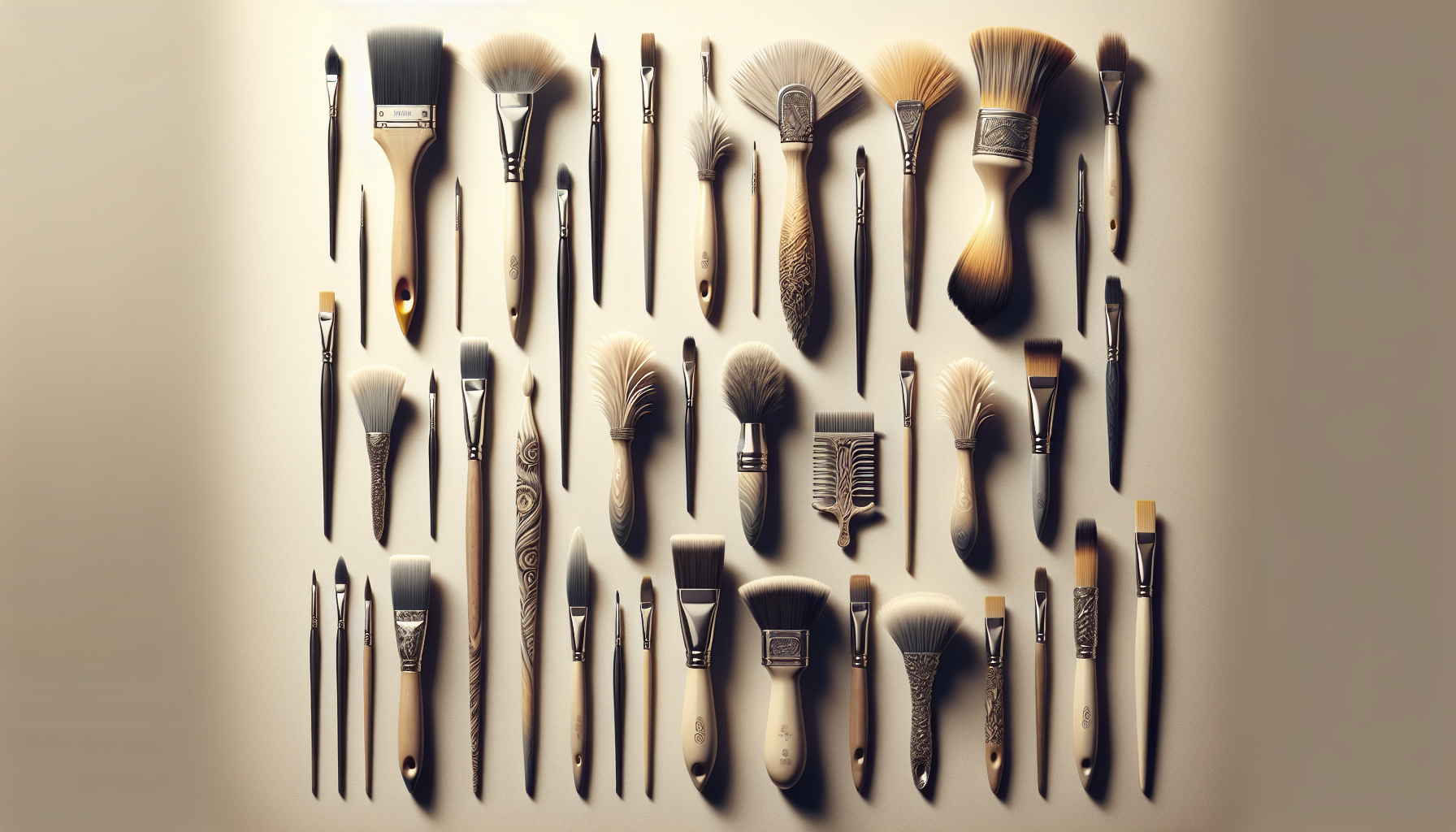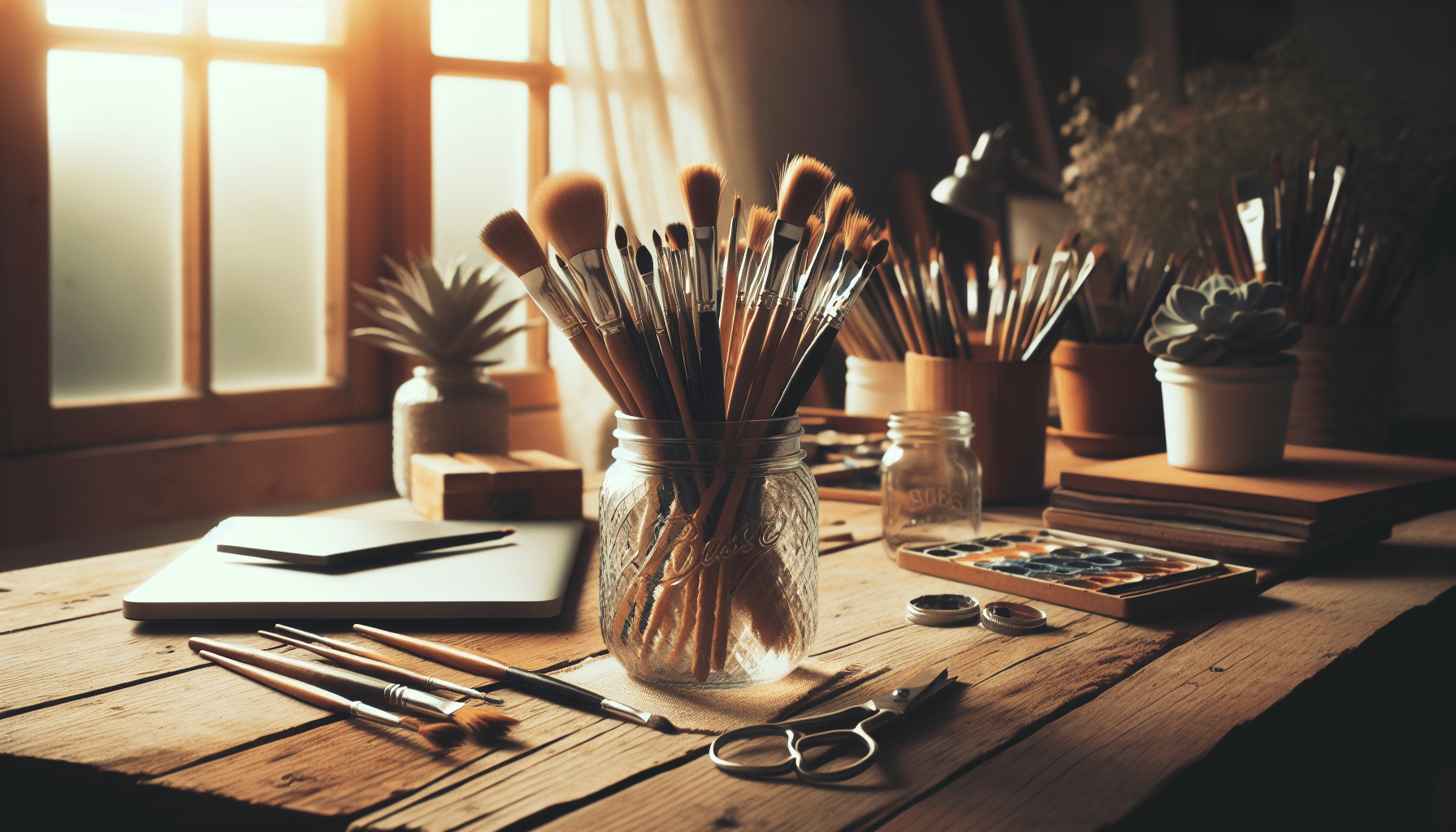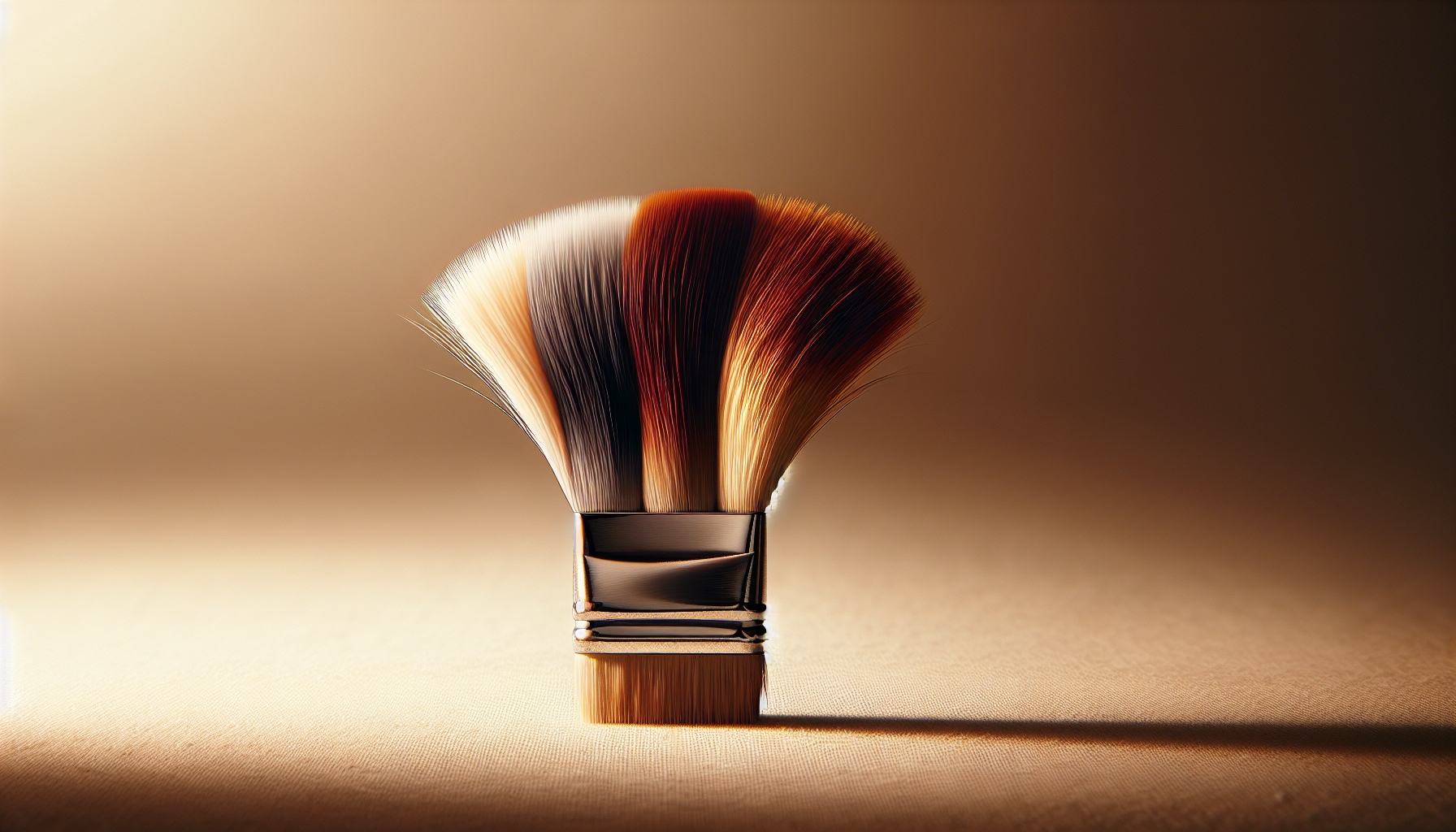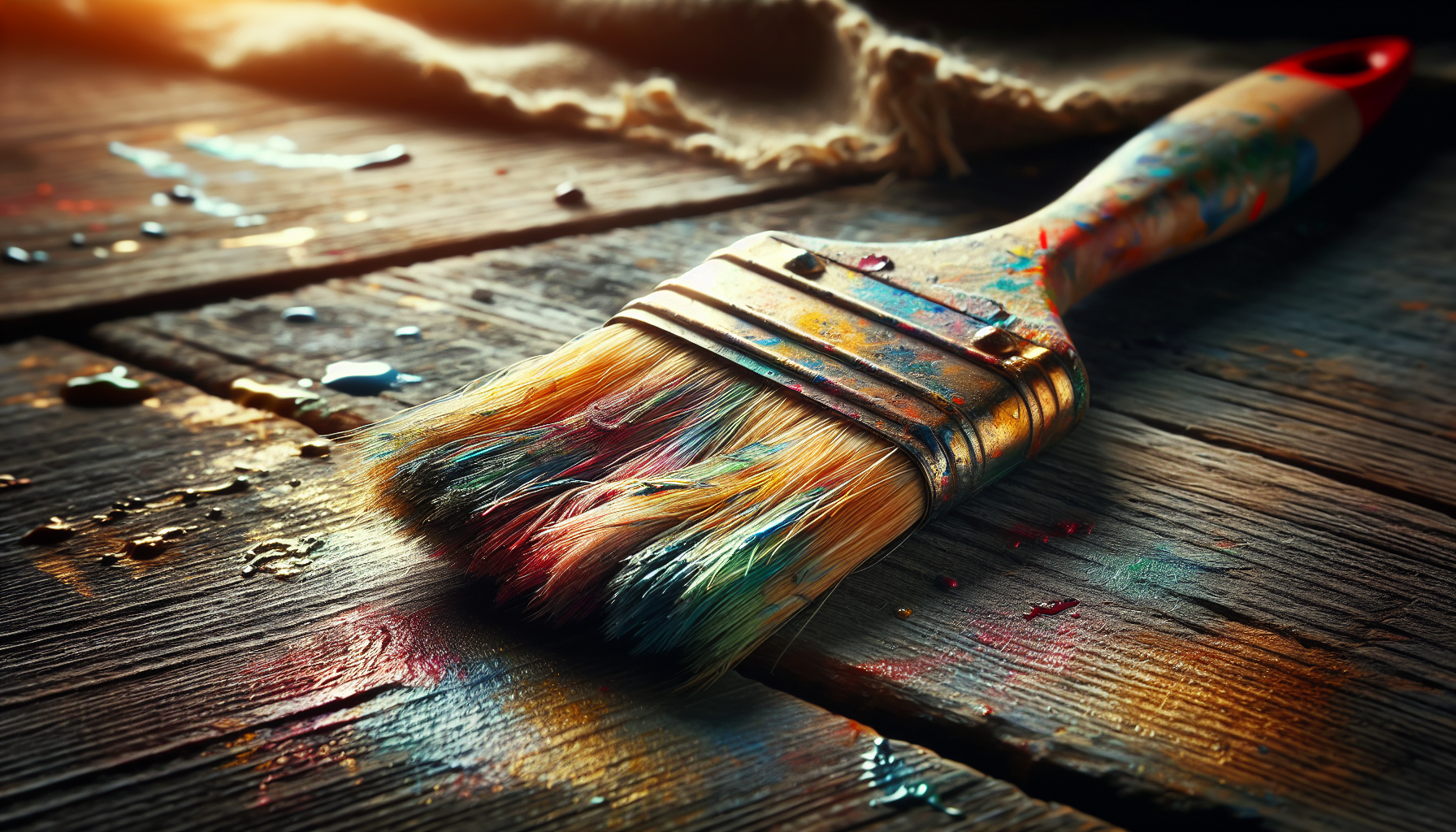Have you ever wondered how artists achieve those stunning textures and effects in their artwork? The secret often lies in the tools they use, particularly their choice of brushes. In this article, “Artist’s Toolkit: The Best Specialty Brushes For Texture And Effects,” we will guide you through an array of brushes that can elevate your artistry to new heights. Understanding the nuances of each brush type will not only enhance your technical abilities but also expand your creative horizons.
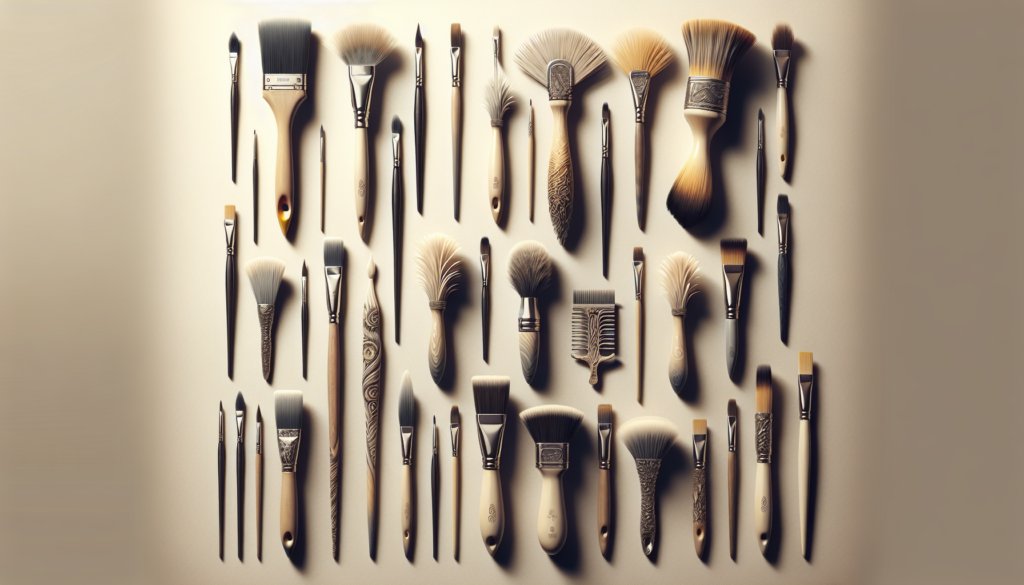
Understanding the Importance of Specialty Brushes
Specialty brushes are indispensable tools for artists seeking to create unique textures and effects. They offer a level of precision and versatility that standard brushes often can’t match. By investing in these tools, you can experiment with your technique and achieve professional-quality results.
Why Texture and Effects Matter
Texture and effects add depth and dimension to your artwork, capturing attention and evoking emotion. Whether you’re painting the detail of a rugged landscape or the delicate flow of water, the right textural quality can bring your vision to life. These elements not only enhance visual interest but also convey a particular mood or atmosphere, distinguishing your work from that of others.
Essential Types of Brushes for Texture
To create diverse effects, you’ll need brushes that vary in shape, size, and material. Let’s explore some of the most essential types of brushes designed to enhance texture in your artwork.
1. Fan Brushes
Fan brushes are ideal for creating soft textures and blending colors seamlessly. Composed of bristles spread out like a fan, these brushes can create foliage, clouds, and grassy textures with ease.
When to Use:
- Ideal for smoothing harsh lines and creating gradients.
- Perfect for foliage and natural elements like leaves and grass.
2. Rigger Brushes
With their long, thin bristles, rigger brushes are perfect for intricate details and fine lines. Originally designed for painting ship rigging, they are now popular for fine line work across various subjects.
Key Features:
- Allows for fine details and precise line work.
- Excellent for creating branches, grass, and other linear textures.
3. Filbert Brushes
Filbert brushes have a domed tip, combining the benefits of both flat and round brushes. They are exceptionally versatile, allowing artists to achieve soft edges, detailed strokes, and broad coverage.
Advantages:
- Ideal for creating soft, rounded edges.
- Useful for both broad strokes and finer details when angled correctly.
Specialty Texture Brushes
Certain brushes are specifically designed to achieve distinct textures that are otherwise difficult to recreate manually. Here are some brushes you should consider adding to your collection:
4. Stippling Brushes
Stippling brushes are used to create a series of dots or short dabs of paint, resulting in a texture that can range from subtle to bold, depending on pressure and technique.
Best Applications:
- Perfect for pointillism and dot-like effects.
- Ideal for creating patterns such as pebbles, gravel, and sandy textures.
5. Mop Brushes
Characterized by their round, plush shape, mop brushes are adept at blending and creating soft, sweeping effects. Often used with watercolors and acrylics, mop brushes can create a dreamy, atmospheric quality in your work.
Usage Tips:
- Best for washes and covering large areas with smooth, even texture.
- Excellent for subduing bold colors and softening harsh edges.
6. Angular Brushes
Angular brushes, also known as slanted brushes, feature an angled tip that offers precision in edges and linear strokes, making them useful for texture and special effects.
Primary Uses:
- Great for creating sharp, clean lines in geometric patterns.
- Ideal for filling in tight corners and reaching tricky areas in a painting.
Advanced Brushes for Unique Effects
As you progress in your artistry, advanced brushes can open new doors for experimentation and innovation. Here are a few specialized brushes that can add distinctive effects to your art:
7. Comb Brushes
Comb brushes have a unique bristle design that creates parallel lines or a notched effect when painted, perfect for textures like wood grain or fur.
When to Use:
- To simulate the look of textures such as hair, fur, or wood.
- For layering effects that require a striated look.
8. Splatter Brushes
These brushes are tailored for spattering paint in controlled or random patterns, perfect for energetic and dynamic effects.
Recommended Techniques:
- Use for creating randomness in effects like stars, drops, or geological textures.
- Ideal for abstract pieces or adding a sense of movement.
9. Fan Out Blenders
Different from traditional fan brushes, fan out blenders have specialized bristles that allow for a multi-directional sweep, ideal for complex textures.
Innovative Uses:
- For swirling or eddying effects, particularly in water scenes.
- Effective in mixing colors directly on the canvas for an unstructured, natural feel.
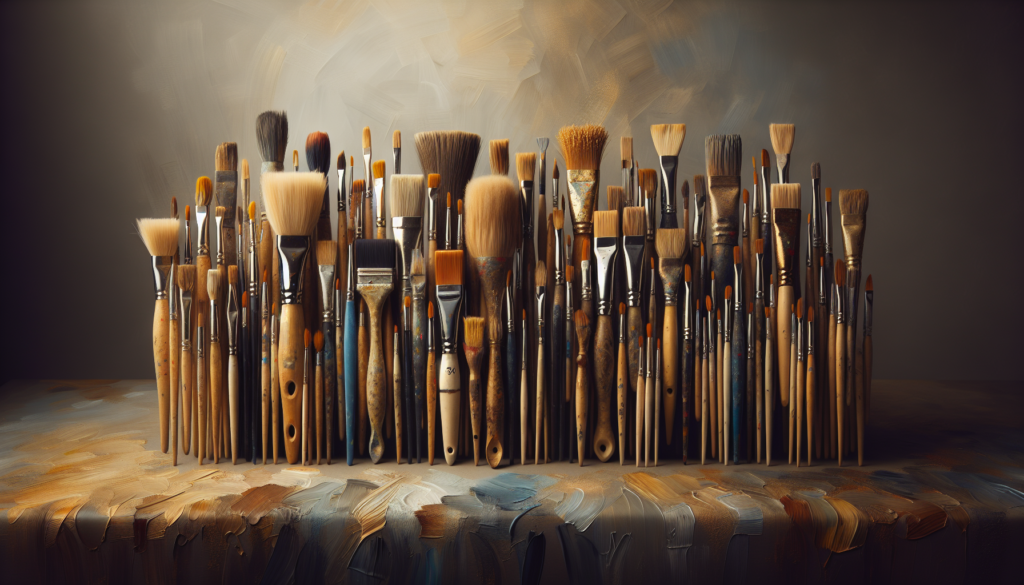
The Role of Material in Brush Selection
Brush materials play a significant role in the nature of the texture and effects you can achieve. Generally, brushes are made from natural hair, synthetic fibers, or a blend of both. Each has unique attributes, and understanding these can influence your choice significantly.
Natural Hair Brushes
Natural brushes, made from animal hair such as sable, hog, or squirrel, offer high flexibility and superior paint-holding capabilities. They are often preferred for oil and watercolor painting.
Benefits:
- Excellent fluidity and smooth paint application.
- Ideal for achieving delicate textures and transitions.
Synthetic Brushes
Made from polyester or nylon, synthetic brushes tend to be more durable and suitable for acrylic paints. They offer precision and are easier to clean compared to natural brushes.
Key Advantages:
- Affordable and resistant to wear and tear.
- Good for bold, distinct strokes and fine details.
Hybrid Brushes
Hybrid brushes combine both natural hair and synthetic fibers, offering a balance of both worlds. They provide versatility and are often favored by artists who work across multiple mediums.
Why Use Them:
- Versatility in handling different paint types.
- Balanced performance with reasonable durability and flexibility.
Maintenance Tips for Longevity
Taking care of your brushes ensures their longevity and ultimately enhances your painting experience. Specialty brushes, in particular, may require specific maintenance to retain their form and function.
Proper Cleaning Techniques
Regular cleaning is vital to maintain the shape and quality of your brushes. Use a suitable brush cleaner and avoid using harsh detergents that can damage bristles.
Steps:
- Rinse the bristles in lukewarm water immediately after use.
- Use a gentle brush soap and work it through the bristles.
- Rinse thoroughly until water runs clear.
Proper Storage
Storing brushes properly is crucial to preserving their shape. Always store brushes after ensuring they are completely dry to avoid mildew.
Best Practices:
- Store upright with bristles facing upward or hang them using loops.
- Avoid placing in direct sunlight or overly humid environments.
Conclusion: Choosing the Right Brushes for Your Artistry
With the variety of specialty brushes available, selecting the right ones requires understanding your unique artistic needs and goals. Fan brushes, rigger brushes, filbert brushes, stippling brushes, mop brushes, angular brushes, comb brushes, splatter brushes, and fan out blenders each offer distinct advantages and contribute uniquely to your creative arsenal.
Consider your preferred paint medium, the effects you wish to achieve, and the textures that best serve your artistic narrative. These choices will guide you in building a customized toolkit that empowers your creative expressions. Remember, the right tools make the creation process not only easier but also more enjoyable, allowing you to explore the full potential of your artistic ambitions.
